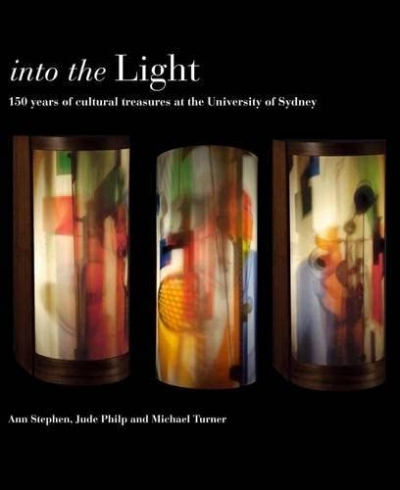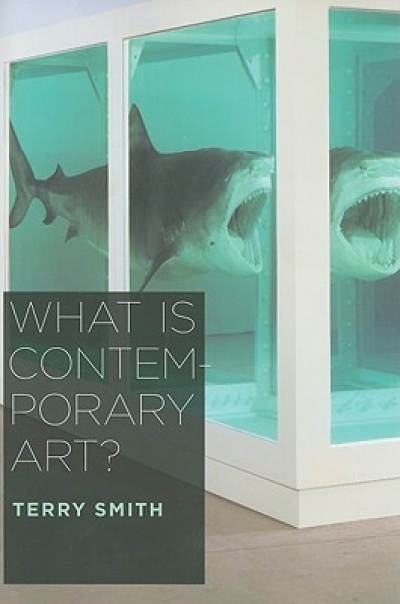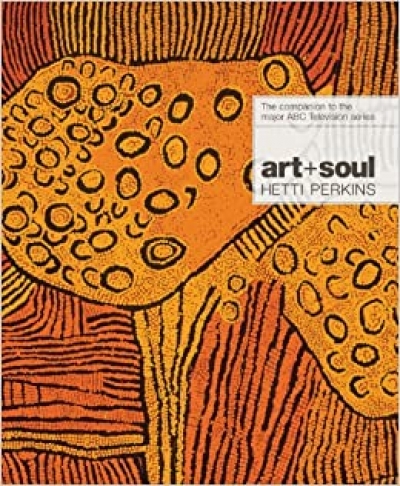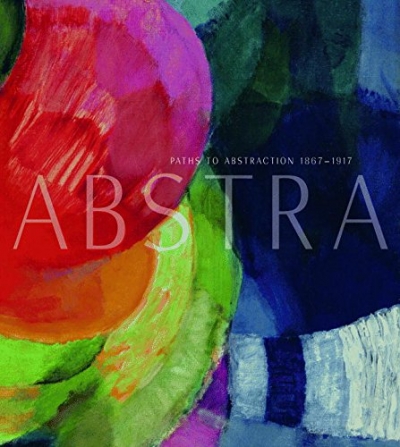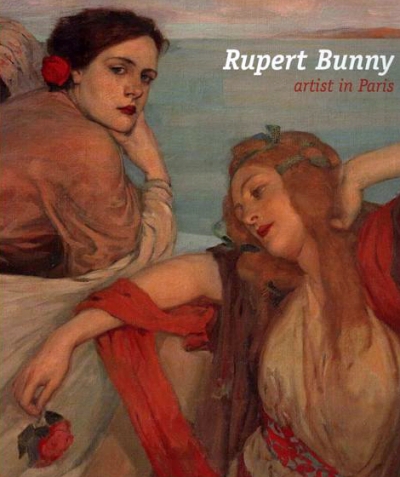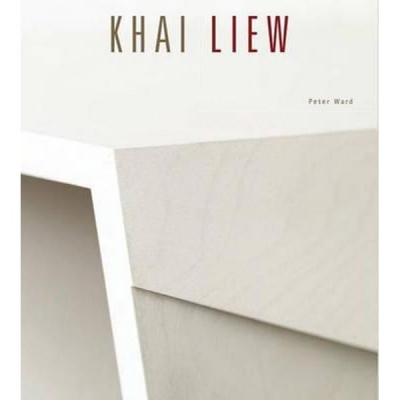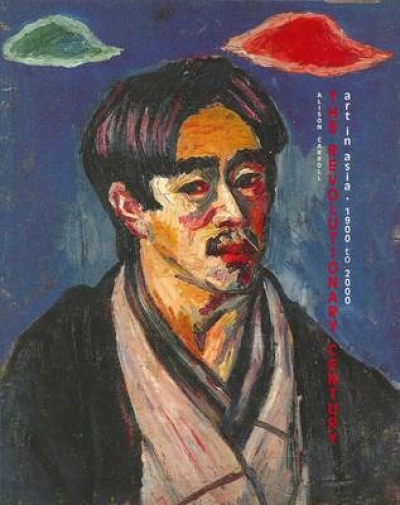Arts
Into the Light: 150 Years of Cultural Treasures at the University of Sydney by David Ellis
by John Thompson •
art + soul: A journey into the world of Aboriginal art by Hetti Perkins
by Ian McLean •
Rupert Bunny: Artist in Paris by by Deborah Edwards, with Denise Mimmocchi, David Thomas and Anne Gérard
by Jane Clark •
A Beautiful Line: Italian Prints from Mantegna to Piranesi by Maria Zagala
by Justin Clemens •
The Revolutionary Century by Alison Carroll & Every 23 Days by Sarah Bond, Alison Carroll and Claire Watson
by Peter Hill •

